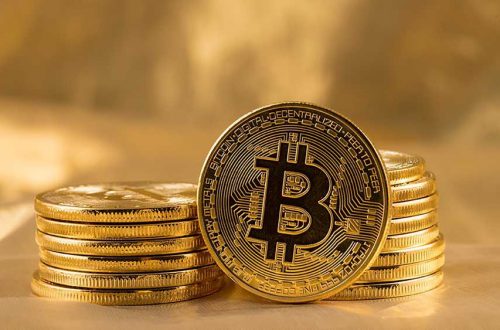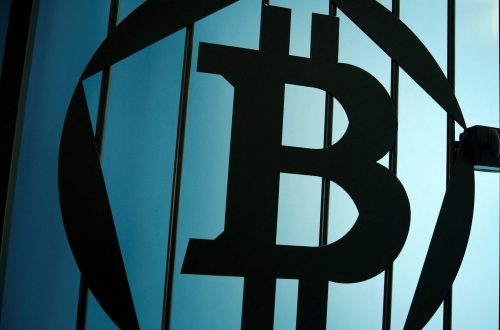
Were Cowrie Shells The Original Bitcoin? A Fascinating New Book And Museum Exhibit Reveal The Global Influence Of Mollusks

The Holy Roman Emperor was the highest bidder for the two-inch-long, spiraled-white shell of a precious goletrap that was auctioned off in 1750. He paid no less than 4,000 guilders. This extraordinary sum of $114,000 is a tribute to the goletrap’s delicate beauty. But it also has to do with its alleged rarity. Except for a few royal collections there were not many wentletraps in Europe. It was possible that 4,000 guilders might have been a bargain in conchylomania’s era, when exotic shells were imported from faraway shores.
The deal was not so attractive a century later. From the Red Sea to the Southwest Pacific, precious wentletraps were found in sands. A’very good specimen’ was sold at auction for eight pounds sterling in 1822, which is the equivalent of $1200. They are now available for sale on eBay for $10.
Cynthia Barnett’s story of the goletrap is just one of many that she tells in The Sound of the Sea. This fascinating book explores topics such as colonialism and ocean acidification related to seashells. She writes that ‘from the prehistory shell cults to the incredible number of mollusk inspired Pokemon characters, no creature has stirred human admiration for so long or as intimately. It’s amazing how many times they have led us to clear truths even in dark times.
Barnett became interested in shells after visiting the Bailey-Matthews National Shell Museum, Florida. This museum has a half million specimens from clams, conches, and cowries around the globe. It is a treasure trove that would have impressed the Holy Roman Emperor as well as other conchylomaniacs, from Catherine the Great through Rembrandt. (A spectacular new exhibition of high-resolution seashell photographs would also have given Rembrandt oceans of artistic inspiration.) The museum and the book, taken together, enhance the aesthetic admiration of our heritage and give seashells the respect they deserve in today’s murky world.
Shells provide the most immediate insights possible, and they can be very useful in identifying environmental problems. The giant clam is an example of a species that records past climate conditions through the patterns of growth and minerals it preserves. Many shellfish are also indicator species and can reveal changes in ocean ecology long before ecologists can see them.
However, seashells can also tell us about ourselves. While precious goletraps and exotic tropical species were sparking bidding wars among a European elite obsessed about exclusivity, common cowrieshells were supporting global commerce based upon their abundance and uniformity.
The Maldives was home to the cowries, which were found among coral reefs. One cowrie species was particularly abundant in the Maldives, which Carl Linnaeus named Cypraea Moneta. It is now Monetaria Moneta. The cowrie’s shell was small, smooth and suitable for transport as ballast in ships’ hulls. It was also nearly impossible to forge. The Maldives was strategically located along the global trade routes so the money cowrie could be used as a global token for exchange.
Barnett documents that money cowries were used before the rise and fall of the Roman Empire. They circulated in Africa in the early twenty th centuries, making them the longest-circulating currency of human history. Monetaria Moneta was also known by other names, such as blood money. This inspired legends like the one that cowries followed slave ships in order to eat the dead.
Goletraps can reveal dark aspects of human psychology, such as status. Cowries can also tell us a lot more about the murkiness in commerce, from the commodities marketplace to bitcoin. Cowries were once money before they became popular. They were believed to have magical powers that linked fertility and fortune. This was likely due to their visual similarity to the female genitalia and the human eye. People used anatomical decoys to avoid misfortune. The transformation from magic to money is indicative of the magical quality of currency. It holds value because of shared belief in its value. The plummeting value of the goletrap, on the other hand shows the fragility of pecuniary beliefs.
Given their history of bloody and the negative environmental impacts of being harvested, cowries are unlikely to be used in commerce any longer. There may be more to cowries than what they teach us about money and magic, opportunism and exploitation. Although money cowries are more resilient that many ocean species, coral habitats are increasingly under threat from climate change. This will impact their population. Their shells are made from minerals that can dissolve in the atmosphere, increasing seawater acidity. They are also environmental indicators, just like all other species. A cowrie standard would allow currency and commerce to be reconnected with the environment that supports and creates wealth. This money’s value would be appropriately indexed to global ecology.
As the Bailey-Matthews magisterial collection shows, money cowries is only one of over fifty thousand living mollusks species. This diversity is amazing. These are all valuable, not only as collectibles, trade tokens, or climate indicators. While shells are an integral part of human culture, our appreciation will only be complete if we can appreciate them as they are.




